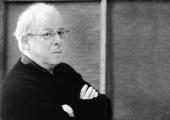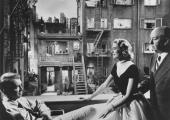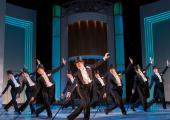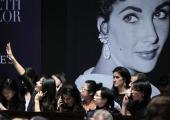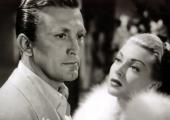What Ever Happened to Baby Jane?

The Gothic horror movie in which Bette Davis and Joan Crawford took sibling rivalry to a new level of nastiness
Here’s a rancid little hors d’oeuvre for the holiday season. The deliciously loathsome Gothic horror film What Ever Happened to Baby Jane?, 50 years old and back in cinemas, never ceases to amaze as director Robert Aldrich’s strychnine-laced missive to Hollywood – his second, following 1955’s The Big Knife – and as a psychodrama of Joan Crawford and Bette Davis’s unfeigned hatred for each other.

